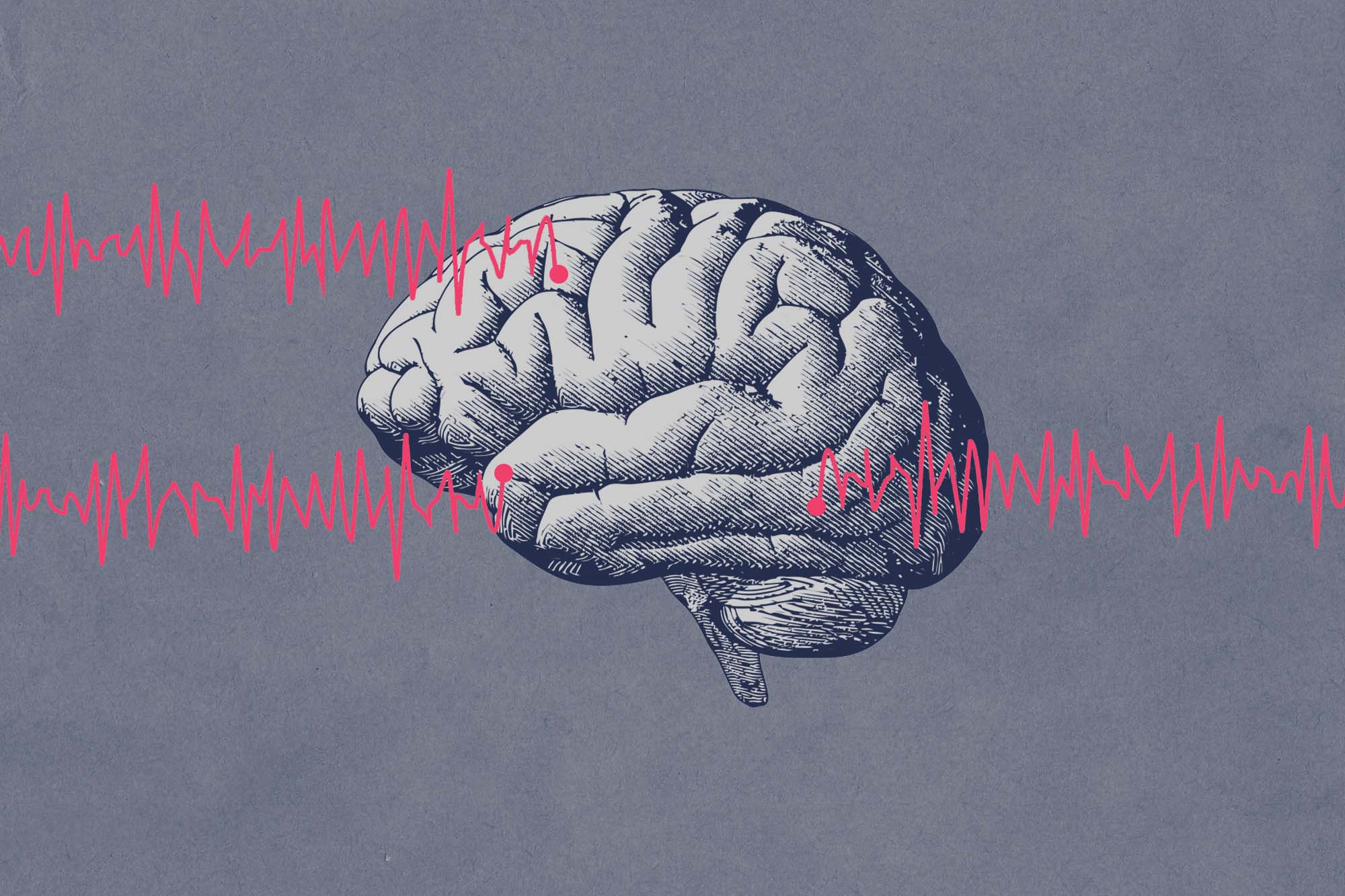“Identifying the particular nerve cells that contribute to seizures is important because it helps direct the ways researchers go about developing novel therapies,” said Patel, of UVA’s Department of Anesthesiology. “Based on this research, we now have a new cellular target to try to restore balance to the brain and prevent seizures.”
Understanding the Cause of Epileptic Seizures
The researchers examined the role of somatostatin interneurons as part of their investigation of a rare neurological condition called SCN8A epileptic encephalopathy. SCN8A refers to a mutation in the SCN8A gene that causes the condition. Children with SCN8A epilepsy often suffer from recurrent seizures that do not respond to medication, as well as from severe developmental delays and movement disorders. They are also at significant risk of sudden unexpected death in epilepsy, the No. 1 cause of epilepsy-related death.
To better understand what occurs in SCN8A epileptic encephalopathy, the researchers developed mouse models of two SCN8A mutations discovered in patients. These models allowed them to determine which neurons are responsible for driving the neurological dysfunction. The researchers found that both SCN8A mutations caused harmful changes to sodium channels in a way that made somatostatin interneurons fizzle out and stop functioning when they normally would be highly active.
“It’s similar to a speeding car with a broken brake system that cannot slow it down,” Wengert said. “A brain without properly functioning somatostatin interneurons to dampen brain activity ends up with runaway excitation, which can result in a seizure.”
Based on their findings, the scientists believe that it may be possible to treat SCN8A epileptic encephalopathy by developing ways to fix the agitated interneurons. The results, they say, also help us better understand epilepsy more broadly.
“Although this work focused on SCN8A epilepsy, our results identify somatostatin interneurons as a general contributor to epileptic seizures,” Wengert said. “If we can identify ways to restore proper functioning in these cells, these approaches may be useful in providing better anti-seizure treatments to patients with various types of epilepsy.”
Findings Published
The researchers have published their findings in the Journal of Neuroscience. The research team consisted of Wengert, Raquel M. Miralles, Kyle C.A. Wedgwood, Pravin K. Wagley, Samantha M. Strohm, Payal S. Panchal, Abrar Majidi Idrissi, Ian C. Wenker, Jeremy A. Thompson, Ronald P. Gaykema and Patel.
The research was funded by the National Institutes of Health, grants R01NS103090, R01NS120702 and 1F31NS115451-01.
To keep up with the latest medical research news from UVA, subscribe to the Making of Medicine blog.












